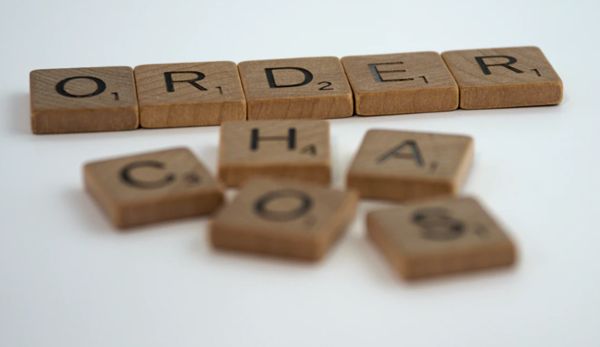Sentence word order - Part 3 - Where an action happened

In my first word order post, I explained the basic Subject-Verb-Object sentence order. Then in a second post, I explained how time (when something happened) normally gets added to sentences. In this post, I’ll look at how you show where something happened.
Where an action happened
In English, we can do this a few ways:
1 - This morning I drank coffee in the office.
2 - In the office, I drank coffee this morning.
3 - I drank coffee in the office this morning.
I’d say that the third option is probably the most common, and the “cleanest”. The first isn’t too bad but the second sounds odd.
Even though #3 is the one we’d probably use in English, it’s not the way we’d say it in Mandarin. The location just doesn’t go at the end of the sentence if it’s not the object. It’s usually straight after the subject.
Here’s an example:
我今天早上在办公室喝咖啡。(Wǒ jīntiān zǎoshang zài bàngōngshì hē kāfēi.)
That’s literally:
I, this morning in the office, drank coffee.
And yes, that sounds odd to us.
The word 在 (zài) has many uses but is usually translated as “at”.
办公室 (bàngōngshì) is the office.
Last time I also mentioned that 喝了 (hēle) means “drank”. It was the verb to drink, followed by an indication that the action had completed.
Yet even though it’s the verb to drink again here, the 了 isn’t part of the sentence. It’s because the time component is there.
2021-01-22
